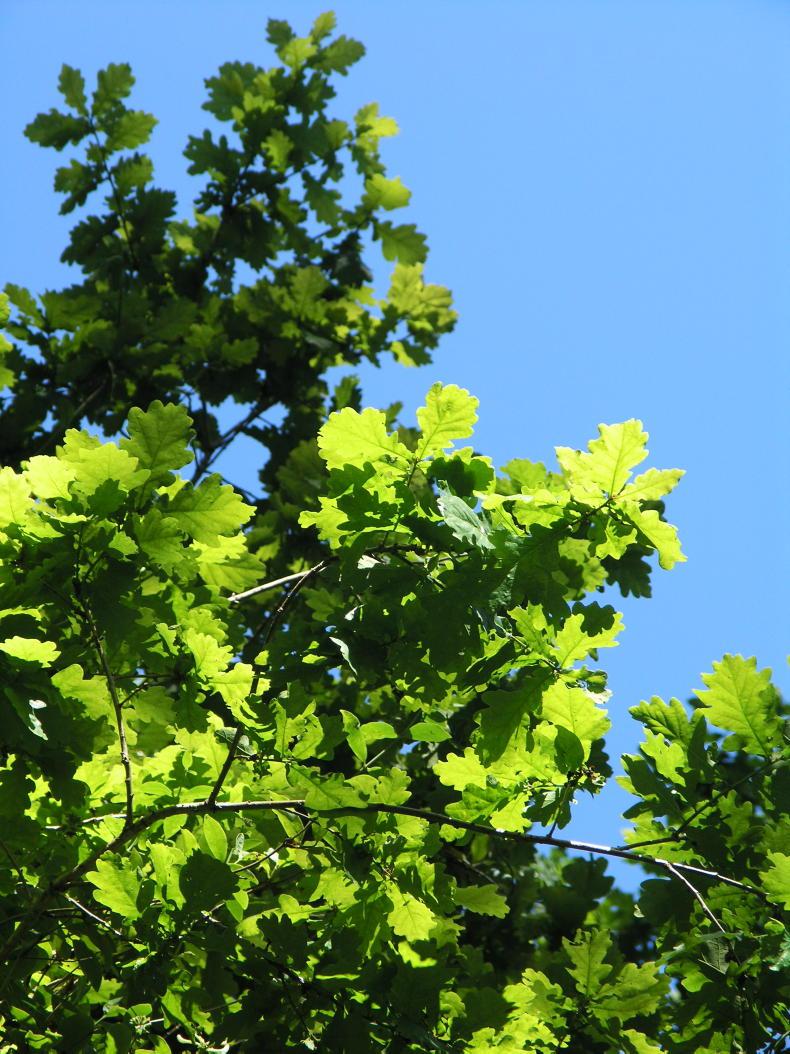Ireland’s Wild Atlantic Nature project has been shortlisted for an EU natura award.
The project, which is among 21 finalists, was funded by the EU LIFE programme, is a results-based payment scheme and paved the way for the development of the Agri-Climate Rural Environment Scheme (ACRES).
Implemented in 2021-2022, the Wild Atlantic Nature scheme was a pilot initiative to deliver improved ecosystem services - including water quality, biodiversity and climate regulation - in a way that works for both landowners and the environment.
Good environmental management is rewarded by linking farmers’ agri-environment payments to the ecological condition of their land through a scorecard-based approach.
The target of the Wild Atlantic Nature project is to protect blanket bog habitat in the northwest of Ireland. In total, over 800 farmers across 63,000ha are participating, all of which are trained in environmental assessment and land management.
Due to the experience gained under the Wild Atlantic Nature project, the ACRES scheme now benefits over 85% of Ireland’s terrestrial natura 2000 network, including blanket bogs, other bog habitats, grassland, woodland/scrub and associated species.
Other finalists include grazing to preserve habitats and species, supporting forests and oak habitats, balancing nature and visitor access and managing environmental crime.
Grazing to preserve habitats
The decline of traditional pastoralism is a major threat for grassland ecosystems across Europe and this project addressed grazing practices in order to reduce the loss of open grassland systems.
In France and Spain, the project grazing to preserve natura 2000 habitats and species restored 1,670ha of habitats, removed invasive plants and implemented joint grazing plans. An expert group was established which produced a best-practice manual for mountain pasture conservation.
A joint conservation strategy was developed for grassland habitats and associated species in the Spanish-French Pyrenees.
The project’s achievements are highly replicable for other mountain pasturelands across the EU, project managers advised.
Oak forest habitats
The 'Bridging the Gap' project implemented actions to support oak habitats and associated species in Sweden. This included the clearance of overgrown vegetation, introducing habitats typical of old forests into younger forest through “veteranisation” and reinstating livestock grazing to maintain the wooded pastures in good condition and reduce canopy cover.
As a result, more than 1,400ha of oak habitat in Sweden have been improved.

Thanks to the project, the understanding of the requirements of oak habitats and their species has greatly improved among project partners. This information has been shared through various means, including an online oak habitat handbook, short films, walks, talks, an audio guide and podcasts.
Environmental crime
The 'Nature Guardians' project successfully addressed ineffective environmental law enforcement in Spain and Portugal.
Guided by a holistic intervention logic, the project transformed the judicial systems in Spain and Portugal. It resulted in changes along the whole chain, from reporting cases of violations of environmental legislation, through prosecution, to the penalty phase.
In addition, the project-built capacity within the statutory policing and prosecution agencies and armed them with tools for detection and documenting environmental crimes.
The project resulted in an increase in conviction rates and fines imposed for illegal activities in natura 2000 sites.
The project represents a tangible step forward in the environmental crime detection and prosecution, thus setting a benchmark in the EU, the organisers of the project said.
Balancing nature and visitors
The Seine-Saint-Denis natura 2000 site in France welcomes over 10m visitors every year. On the outskirts of Paris, the site faces unique challenges in ensuring respect for this natural site, while at the same time managing public access.
Between 2022 and 2023, a range of educational activities aimed at awareness raising about the site and the species present were carried out. Activities included establishing visitor routes through the site, workshops, courses, an exhibition and a brochure. Over 15,000 people benefited from these education activities.
Monitoring has shown a positive evolution of bird populations at the site, confirming that the initiative successfully managed visitor pressure, through education, awareness raising and visitor control measures.






 This is a subscriber-only article
This is a subscriber-only article











SHARING OPTIONS: